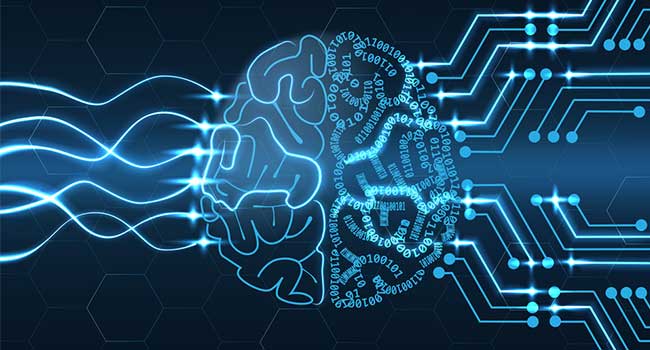
Survey: More Than 40% of IT Leaders Doubt Their Digital Infrastructure Is Prepared to Accommodate AI Tech
More than four in 10 IT leaders surveyed globally (42%) believe their existing IT infrastructure is not fully prepared for the demands of artificial intelligence (AI) technology, despite its widespread adoption across industries, according to the Equinix 2023 Global Tech Trends Survey. The survey, which examined IT leaders' responses to AI advances in their organizations, comes after a year of significant AI breakthroughs that saw the technology rapidly deployed in applications across both the business-to-business and business-to-consumer sectors.
"Tech leaders globally are expediting AI's integration into their organizations, and it is increasingly becoming a critical capability to enable intelligent and autonomous systems that power a modern business. Those who fail to maximize its use could fall behind," said Kaladhar Voruganti, Senior Technologist at Equinix.
The survey confirmed AI uptake is on the rise across all industry sectors, with 85% of the 2,900 IT decision-makers polled worldwide seeking to benefit from the advantages of AI and already using or planning to use it across multiple key functions. Organizations are most likely to be using AI, or planning to do so, in IT operations (85%), followed by cybersecurity (81%), and customer experience (79%).
"Successful development of accurate AI models depends upon secure and high-speed access to both internal and external data sources that can be spread across multiple clouds and data brokers," added Voruganti. "For example, as enterprises embark on creating their own private generative AI solutions, they may want to process their confidential data at a private and secure location with high-speed access to external data sources and AI models. Furthermore, we are entering an era where more data is being generated at the edge. Hence, AI processing has to move to the edge for performance, privacy and cost reasons. In order to satisfy the above requirements, tech leaders can implement hybrid solutions where AI model training and model inference can occur at different locations. Ultimately, to create scalable AI solutions, businesses must consider whether their IT frameworks can accommodate the required data ingestion, sharing, storage and processing of massive and diverse data sets, while keeping sustainability in mind."
On implementing complex AI strategies, Aengus Tran, CEO & Co-Founder at harrison.ai, noted: "Secure hosting of our compute and data storage platforms is our highest technical priority as we build AI solutions for clinicians across the world. We rely on an extremely fast and direct connection to enable hybrid cloud models as required to move remarkably large data sets on which we train and develop our AI solutions. This digital infrastructure enables us to tackle bigger healthcare problems—from medical imaging solutions, to new AI healthcare solutions requiring more data and processing—helping to improve the standard of global healthcare and achieve our vision to impact one million lives per day."
IT leaders in EMEA had the most uncertainty about the ability of their infrastructure to accommodate the needs of AI (49%), compared to leaders in Asia-Pacific (44%) and the Americas (32%).
In addition to digital infrastructure updates, the survey also highlighted the need for education and collaboration to enable IT teams to optimize the deployment of this infrastructure, with AI and machine learning expertise being sought by 37% of those growing their IT teams.
A full copy of the report can be found
here.